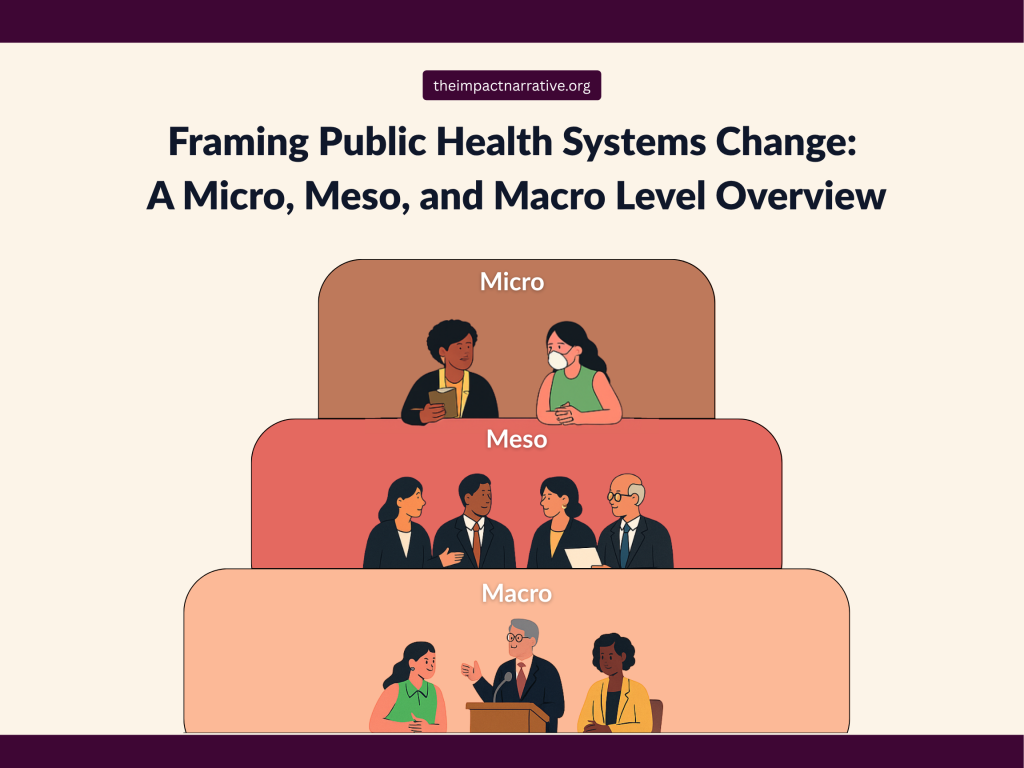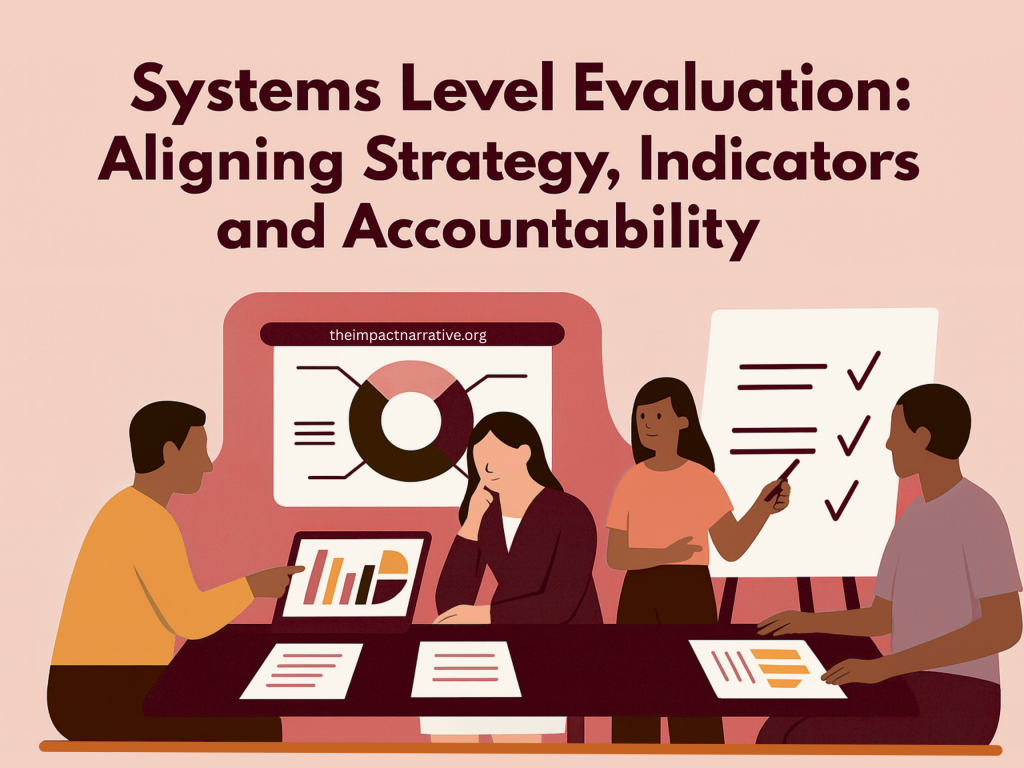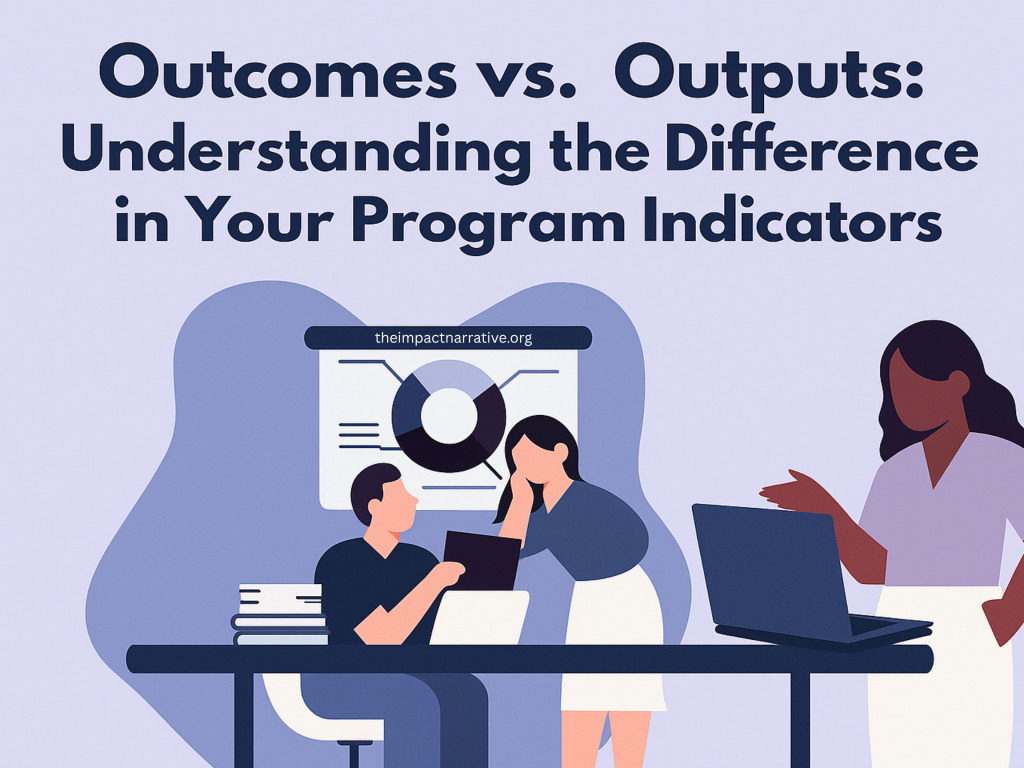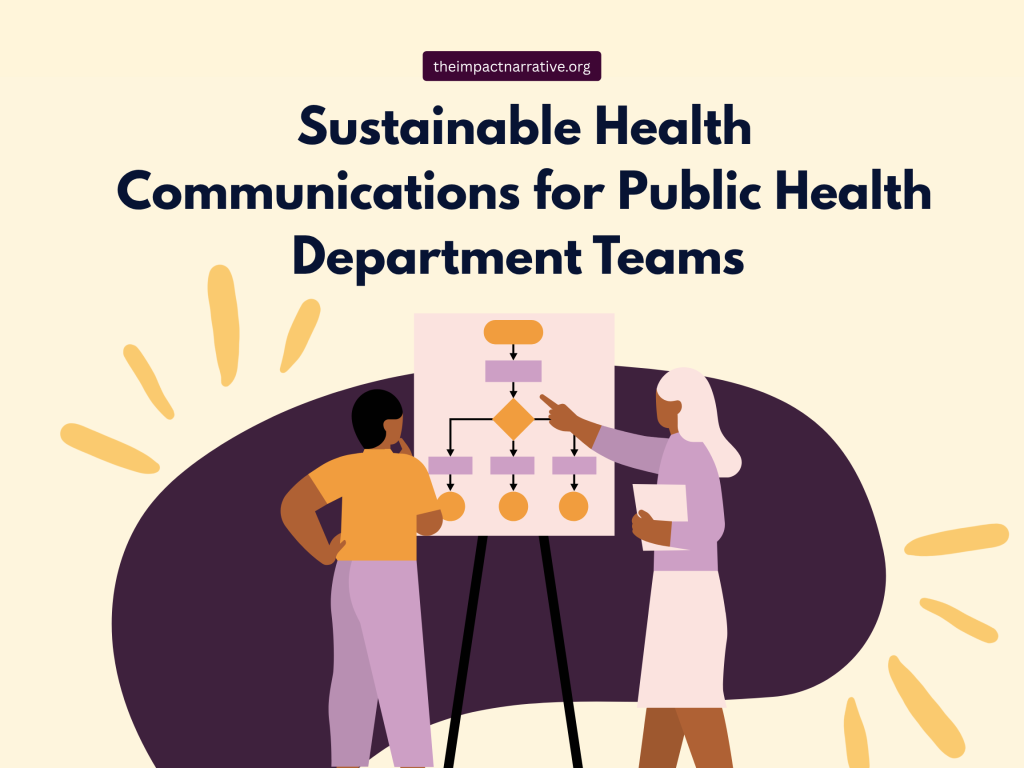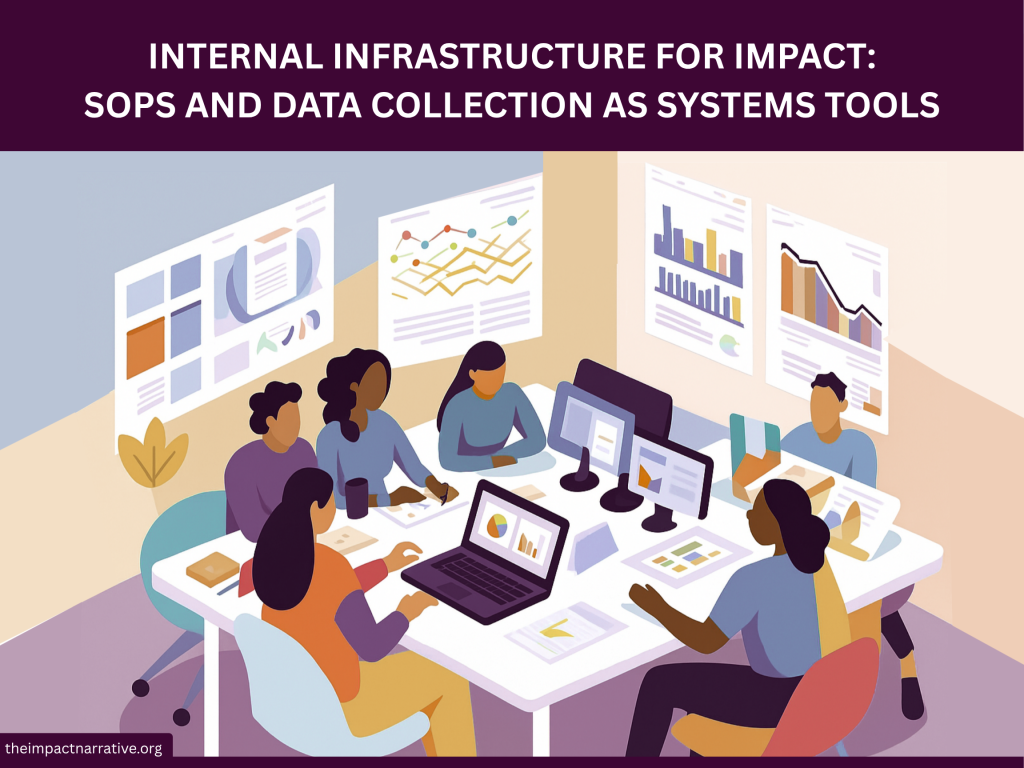Blog Read stories and case studies from our work at the intersection of strategy, design, and impact. From evaluation insights to community-driven campaigns, we break down how data and storytelling drive better public health outcomes. Internal Infrastructure for Impact: SOPs and Data Collection as Systems Tools Author: Brittany Weatherall June 19, 2025 In many mission-driven organizations and programs, day-to-day processes are often informal, undocumented, or reinvented with each staffing change. Without clear Standard Operating Procedures (SOPs) and intentional data collection practices, even the most effective initiatives risk becoming inconsistent, difficult to scale, and challenging to evaluate. SOPs provide the structure necessary for operational consistency, while data collection enables informed decision-making and impact measurement. Together, they form the foundation of sustainable, accountable, and strategic work. SOPs as a Strategic Infrastructure SOPs are more than internal documentation—they are a critical component of organizational infrastructure. They establish the foundation for building programs and initiatives that are both scalable and sustainable. When grounded in data-informed processes, SOPs ensure that operational decisions are aligned with strategic goals. One of the primary benefits of SOPs is their ability to reduce ambiguity and minimize disruptions during staff transitions. By serving as living documents, SOPs adapt over time while maintaining continuity in how work is carried out. This helps preserve institutional knowledge and ensures that essential functions do not rely solely on individual memory or experience. Standardized workflows that are accessible to all team members promote consistency across departments and roles. They also support equitable work environments by clearly outlining expectations and procedures, making it easier for new and existing staff to contribute effectively. When internal processes are documented and repeatable, organizations are better positioned to maintain momentum—even amid staffing changes or program growth. Moreover, SOPs help strengthen organizational learning by building a shared knowledge base. Teams gain familiarity with procedures over time, which increases efficiency and supports long-term capacity-building. Ultimately, thoughtfully developed SOPs not only clarify day-to-day tasks—they reinforce the systems needed to deliver consistent, high-quality outcomes. The Strategic Value of Data Collection In addition to informing internal decision-making, strong data practices are essential for reinforcing transparency and accountability with funders, executive leadership, partners, and other stakeholders. When organizations and programs can clearly communicate the impact of their work—grounded in reliable, well-documented data—they foster trust and demonstrate responsible stewardship. This level of transparency indicates that performance is not only monitored, but also used to drive program evaluation, refinement, and strategic decision-making. It reflects an organizational culture committed to learning, accountability, and alignment with both community needs and stakeholder expectations. Moreover, when data is deliberately linked to clearly defined indicators, it becomes a strategic asset rather than a compliance task. Structured data enables stakeholders to trace outcomes back to specific activities and understand the rationale behind key program decisions. This alignment enhances the clarity, interpretability, and relevance of findings, making them actionable across diverse contexts. It also facilitates the development of shared measurement systems, supports cross-sector collaboration, and strengthens the foundation for coordinated, sustainable, and evidence-informed planning. Integrating SOPs and Data Practices SOPs and data collection systems are most effective when designed in tandem. Together, they provide the structure needed to ensure that data is collected consistently, used appropriately, and interpreted accurately. While data reflects program outcomes, SOPs define the processes that make those outcomes measurable and credible. Key benefits of integrating SOPs into your data systems include: Process clarity: SOPs outline how data should be collected, entered, stored, and analyzed, reducing ambiguity and duplication. Consistency across time and teams: Standard procedures promote reliability despite staff transitions or project shifts. Data quality assurance: SOPs support uniform methods for data validation, cleaning, and formatting. Stronger alignment with program goals: SOPs connect data collection directly to performance indicators and evaluation frameworks. Improved transparency and defensibility: Clear protocols provide documentation for how data was handled and used. Moreover, SOPs help ensure alignment with ethical, legal, and regulatory standards by clearly documenting protocols for data collection, storage, privacy, and use. When questions arise about data quality, methodology, or interpretation, a well-developed SOP provides a clear record of how decisions were made and how practices align with accepted research and evaluation frameworks. This transparency not only protects the integrity of the data but also builds credibility with stakeholders and reinforces trust in the organization’s approach. Applied Example: Lessons from Practice In a recent outcomes evaluation project, we developed a suite of SOPs to guide long-term data collection, analysis, and reporting. These documents were paired with an evaluation spreadsheet that linked survey questions developed from program evaluation to specific indicators and program goals. As a result, data collection became more structured, duplicative efforts were reduced, and the organization was better positioned to communicate its outcomes to stakeholders. The combination of technical clarity and strategic alignment increased both internal capacity and external trust. Recommendations for Implementation For teams aiming to strengthen data practices and integrate them with program evaluation efforts, consider the following: Document data collection protocols – Define when, who, and by whom data should be collected. Include procedures for managing consent, protecting data privacy, and ensuring consistent data entry across tools and platforms. Establish data quality checks – Develop SOPs for validating responses, identifying outliers, and addressing incomplete or inconsistent data before analysis. Clear thresholds and logic rules can significantly reduce the burden of cleaning data later. Align data with evaluation indicators – Map each data point to relevant program goals, logic models, or performance indicators. This ensures that collection efforts are intentional and tied to broader evaluation frameworks. Standardize analysis and reporting procedures – Outline steps for preparing datasets, running analyses, and interpreting findings. Include formatting guidelines for charts, tables, and narrative summaries to support consistency in internal and external reporting. Incorporate feedback loops – Build in regular review points where data insights are shared with staff, leadership, and stakeholders to inform program adjustments and strategic decisions. Conclusion Standard Operating Procedures (SOPs) are more than internal checklists, they’re strategic tools that ensure consistency, clarity, and accountability across your organization. Whether you’re managing a

